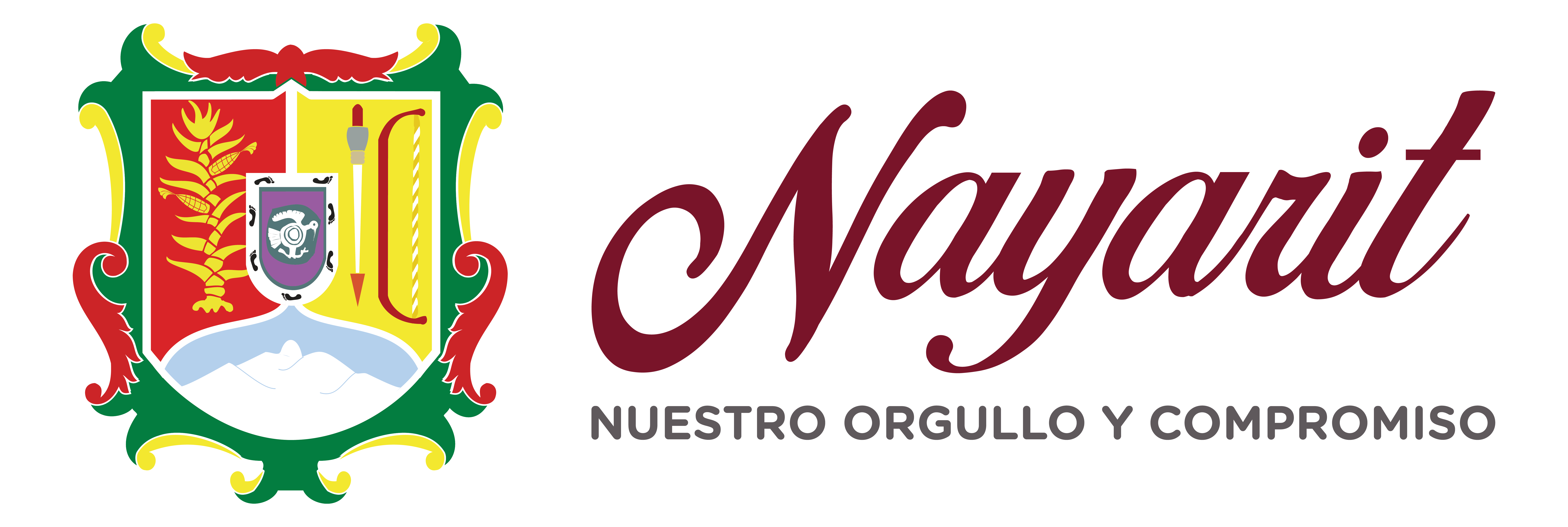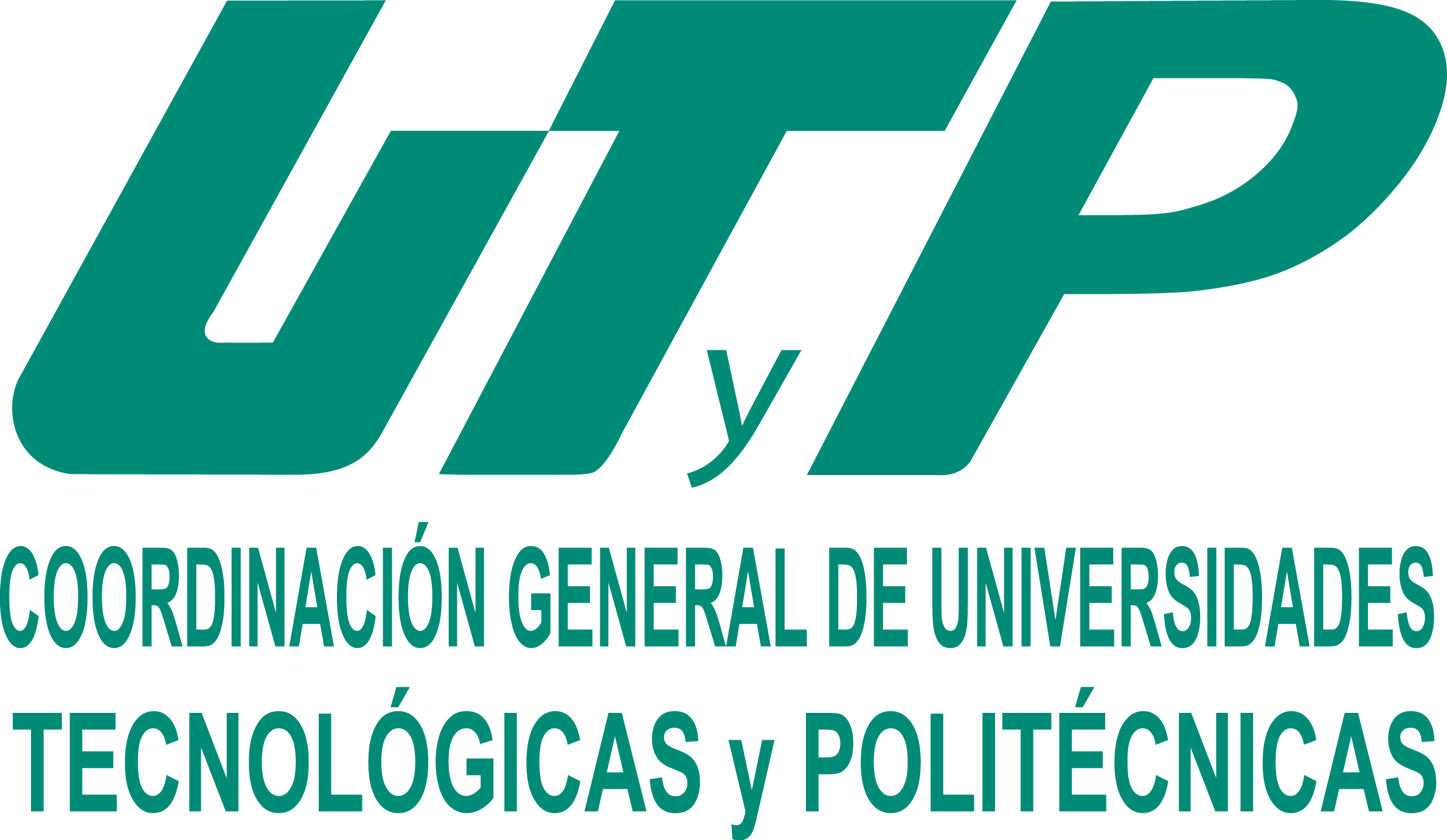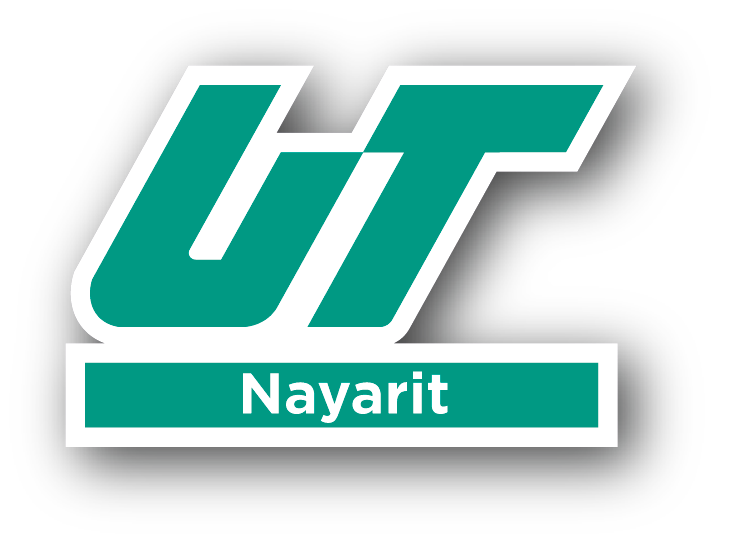Analysis in the Involvement of the Api-tourism in a Bio-gastronomic Route of Yucatan
Keywords:
Api-tourism, Beekeepers, Bio-gastronomic routeAbstract
This research was done in three municipalities at east of Yucatan’s State that corresponds to what has been
denominated “Bio-gastronomic route TUT (Tinum, Uayma and Temozon)”. That route has been part of a
participative diagnosis where it was decided to work with beekeepers, who expressed the need of creating
new economic strategies, thus proposing, the api-tourism. Through the ethnographic method, the beekeepers perspective to face problems such as: long droughts, bees diseases and the underpayment by intermediaries has been known. Furthermore, it was identifified that an alternative as api-tourism, required to considerate the traditional work methods, beehive care, and the beliefs based on their habits and customs. It was concluded that the
api-tourism proposal is an activity with chances to start developing, as long as the requirements and guidelines assigned by the beekeepers themselves are accomplished.
Downloads
References
Acerenza, M. A. (2006). Conceptualización, origen y evolución del turismo. México: Trillas.
Achaval, B. (28 de 11 de 2020). Eslovenia. El apiturismo fusiona la apicultura y los viajes. Obtenido de Eslovenia. El apiturismo fusiona la apicultura y los viajes.: https://beatrizachaval.blogspot.com/2015/06/eslovenia-el-apiturismo-fusiona-la.html
Aldaza, V. (2019). Diseño de recorrido para Turismo Apícola en el campo “Api Real”-Ilaló. Ecuador: Universidad de Ecuador.
Álvarez-Gayou, J. (2003). Cómo hacer investigación cualitativa. Fundamentos y metodología. Barcelona: Paidós.
Coria, H. E., y Figueroa de la Fuente, M. (2017). El aprovechamiento de la miel melipona como un atractivo turístico sustentable de Quintana Roo. El periplo sustentable de la Universidad Autónoma de Quintana Roo, 42.
Crosby, A. (2009). Re-inventando el turismo rural. Gesstión y desarrollo. España: LAERTES.
Díaz García, S. M. (2017). Propuesta de la creación del concepto vitrina artística culinaria en movimiento (cocina víntrico) como promotor y fortalecedor del Patrimonio Cultural del Ecuador. Ecuador: Quito: Universidad de las América.
Delgadillo, M. F. (2019). Las rutas gastronómicas en el departamento del meta: una propuesta de sustentabilidad
turística. Turismo de sociedad, 26.
González, L. (2012) Alrededor de la colmena: dioses, mitos y ritos, Tesis para obtener el grado de Maestra en Estudios Mesoamericanos, México, UNAM
Hernández Sampieri, R., Fernández Collado, C., y Baptista Lucio, P. (2007). Metodología de la Investigación. Colombia: Mac Graw Hill.
Ibañez, R., y Rodríguez, I. (2018). Tipologías y antecedentes de la actividad turística: turismo tradicional y turismo alternativo. Medio Ambiente y política turística, 17-33.
Magaña, M., Tavera Cortés, y Salazar Barrientos. (2016). Productividad de la apicultura en México y su impacto sobre la rentabilidad. Revista mexicana de ciencias agrícolas. Revista mexicana de ciencias agrícolas, 7(5), 1103-1115.
Martínez, L. y Medina, S. (2017) La bioeconomía para las políticas públicas de adaptación al cambio climático en apoyo al sector agropecuario Revista Ciencias Socio-administrativas, 3(2), 1262-1266.
Murillo, J., y Martínez, C. (2010). Investigación etnográfifica. Métodos en investigación educativa. México: Fundación Merced.
SECTUR. (30 de 03 de 2016). Primera Seccion. Obtenido de Diario Ofificial: http://www.sectur.gob.mx/PDF/ACUERDO%20CATA%CC%81LOGO.pdf
Downloads
Published
Issue
Section
License
Copyright (c) 2022 Diana Guadalupe Ayuso Poot, Rocío Carolina Murguía Argüelles

This work is licensed under a Creative Commons Attribution-NonCommercial 4.0 International License.








